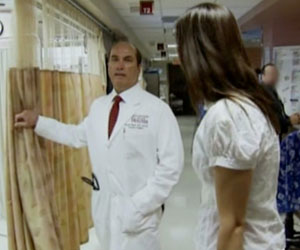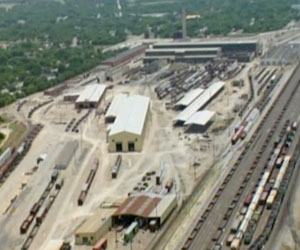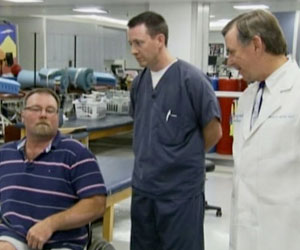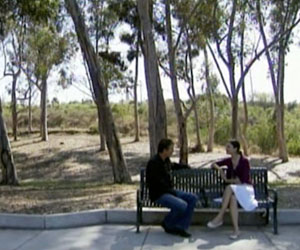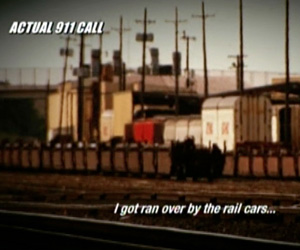
Truman Duncan: The Miracle Man
In June 2006, a misstep in the yard left Truman fighting for his life. He fell between a pair of moving railroad freight cars and the wheels cut off his legs, slicing through the bone of his pelvis.
"We were coming down this track right down here headed to like some cars just like sitting just like that right there," he says. "Ended up falling off and when I did I stood up and the end of the car just hit me in the chest...I grabbed a hold of it and I was hanging on by the knuckle. And I had decided to actually to run backwards and kind of just jump out of the way."
Trapped beneath the wheels, Truman stayed conscious long enough to remember his cell phone, which was remarkably still attached to his belt. "I kind of you know had my eyes closed and just like and it just hit me, you know, my cell phone. And I thought and I reached over there and felt on my hip and there it was, you know. So, that's when I made the 911 call...I knew all I needed to do was just, you know, wait until help got there and then maybe I'd have a chance."
Video: Tour the rail yard with Truman










